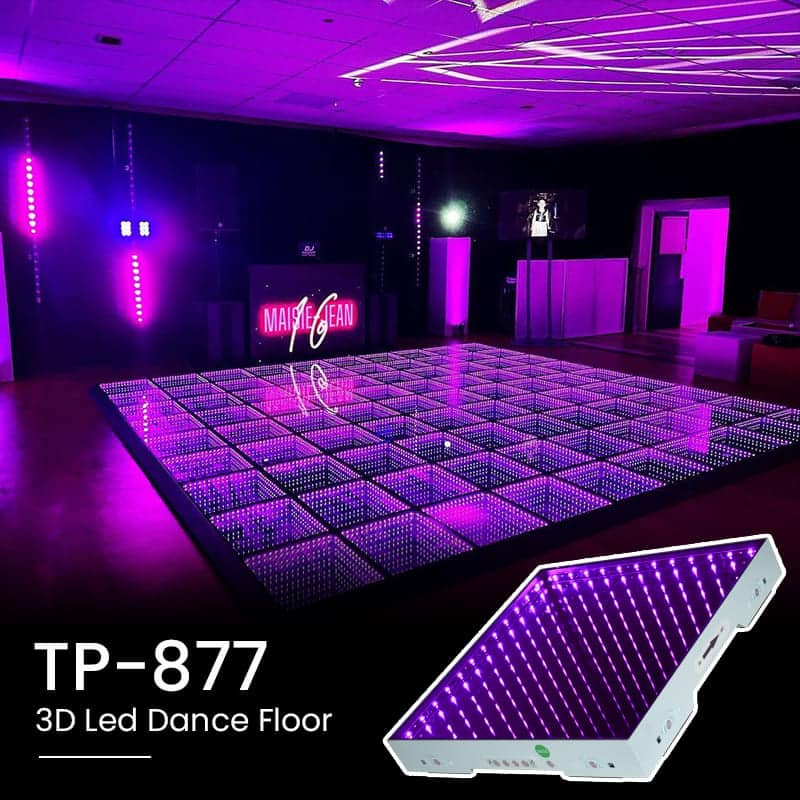Choosing the right components for constructing a long-lasting and secure external dance surface is crucial for guaranteeing an pleasurable session. Exterior movement floors must withstand various climate elements while offering a firm surface for performers and participants. Thus, it is essential to evaluate factors such as material resilience, safety attributes, and maintenance demands when making choices. This article will explore several suitable options and their benefits in creating an outdoor dance floor.
One popular choice for outdoor dance floors is wood. Lumber provides a classic and warm appearance that many find attractive. Solid woods like beech or ash are particularly preferred due to their strength and ability to cushion shock, which can safeguard dancers’ joints. Additionally, timber has inherent slip-resistant qualities when treated correctly, minimizing the chance of injuries. However, preserving a wooden dance floor requires regular sealing and refinishing to shield it from humidity and UV exposure, rendering it essential to consider the environment in which the floor will be placed.

Another practical option is synthetic composites, which combine natural fibers with plastic. These materials are engineered to be impervious to moisture, mildew, and fading from sunlight. Synthetic dance floors offer durability comparable to traditional wood without the intensive maintenance. They are less susceptible to distortion and splitting than wooden floors when visit here exposed to harsh outdoor conditions. In addition, composite surfaces often have built-in anti-slip features, making them a safer selection for outdoor events.
For those seeking a more modern approach, interlocking tiles made of polyvinyl chloride or elastomer are reliable alternatives. These tiles are designed for easy installation and address can be reconfigured or replaced as needed. The flexibility of using interlocking tiles permits rapid setup and disassembly, making them ideal for short-term dance venues or gatherings. Additionally, these materials provide shock absorption that enhances comfort while dancing and minimizes the likelihood of accidents caused by falls. The non-porous nature of PVC and rubber also helps prevent water absorption, further prolonging the life of the flooring.
Finally, it is vital to consider the location and planned function of the outdoor dance floor when selecting materials. For instance, if the dance floor will be installed in a heavily used area or subjected to harsh weather regularly, choosing robust materials that require low upkeep will be important. On the other hand, for lighter use or in more protected areas, less heavy materials may be adequate. In any case, prioritizing safety aspects such as grip and impact resistance should remain at the forefront of planning.
In conclusion, building a long-lasting and safe open-air dance floor requires thoughtful consideration of various materials suited for different environments and purposes. Timber offers timeless beauty but requires consistent care; engineered composites balance aesthetics with durability; interlocking tiles offer adaptability and convenience. At the end of the day, understanding the specific needs of the dance floor's intended use will inform decision-making toward choosing the most suitable solution for an enjoyable and secure dancing experience in outdoor spaces.